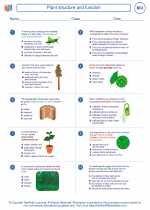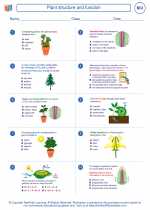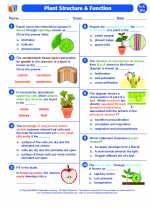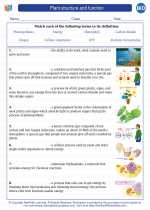Interdependence in Biology
Interdependence refers to the way in which different organisms in an ecosystem rely on one another for survival. This concept is fundamental to understanding the balance of nature and the complex relationships between living organisms. Interdependence can be observed at various levels, from the interactions between individual organisms to the relationships between different species within a community.
Key Concepts
1. Food Chains and Webs: Interdependence is often illustrated through the concept of food chains and food webs, which show the flow of energy and nutrients through an ecosystem. Producers, consumers, and decomposers all play a role in these interconnected pathways.
2. Symbiotic Relationships: Organisms can engage in mutualistic, commensal, or parasitic relationships with one another. These interactions demonstrate the interdependence between different species and how they rely on each other for various benefits.
3. Biogeochemical Cycles: The cycling of elements such as carbon, nitrogen, and water through the environment showcases the interconnected nature of living organisms and the physical environment. These cycles demonstrate how all living organisms depend on the availability of these essential elements.
Study Guide
To understand the concept of interdependence in biology, consider the following study guide:
- Define interdependence and provide examples of how it is manifested in different ecosystems.
- Examine a food web from a specific ecosystem and identify the interdependencies between different organisms within it.
- Explore the role of symbiotic relationships in maintaining the balance of nature. Provide examples of mutualism, commensalism, and parasitism.
- Discuss the significance of biogeochemical cycles in demonstrating the interconnectedness of living organisms and the environment.
- Consider the impact of human activities on interdependence within ecosystems and propose measures for sustainable interactions with the environment.
By studying these key concepts and engaging with the study guide, you can gain a deeper understanding of the concept of interdependence in biology and its significance in ecological systems.
.◂Biology Worksheets and Study Guides High School. Plant structure and function

 Worksheet/Answer key
Worksheet/Answer key
 Worksheet/Answer key
Worksheet/Answer key
 Worksheet/Answer key
Worksheet/Answer key
 Vocabulary/Answer key
Vocabulary/Answer key
 Vocabulary/Answer key
Vocabulary/Answer key
